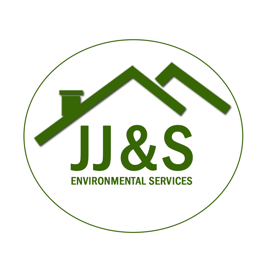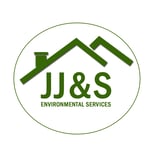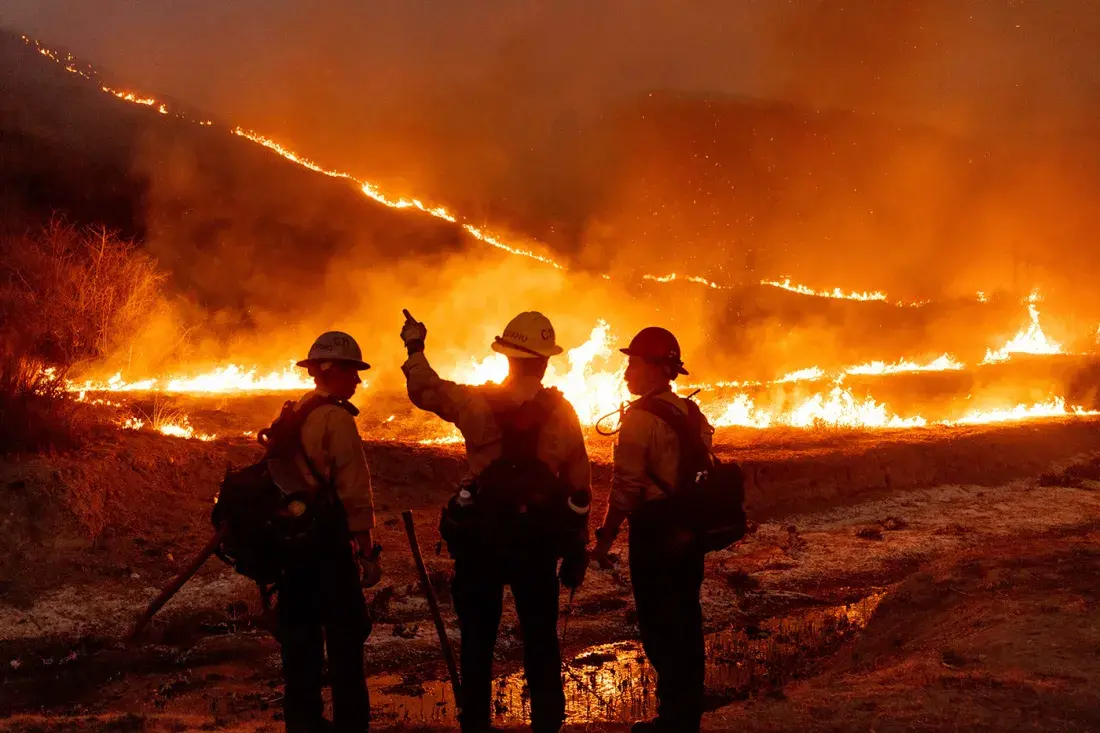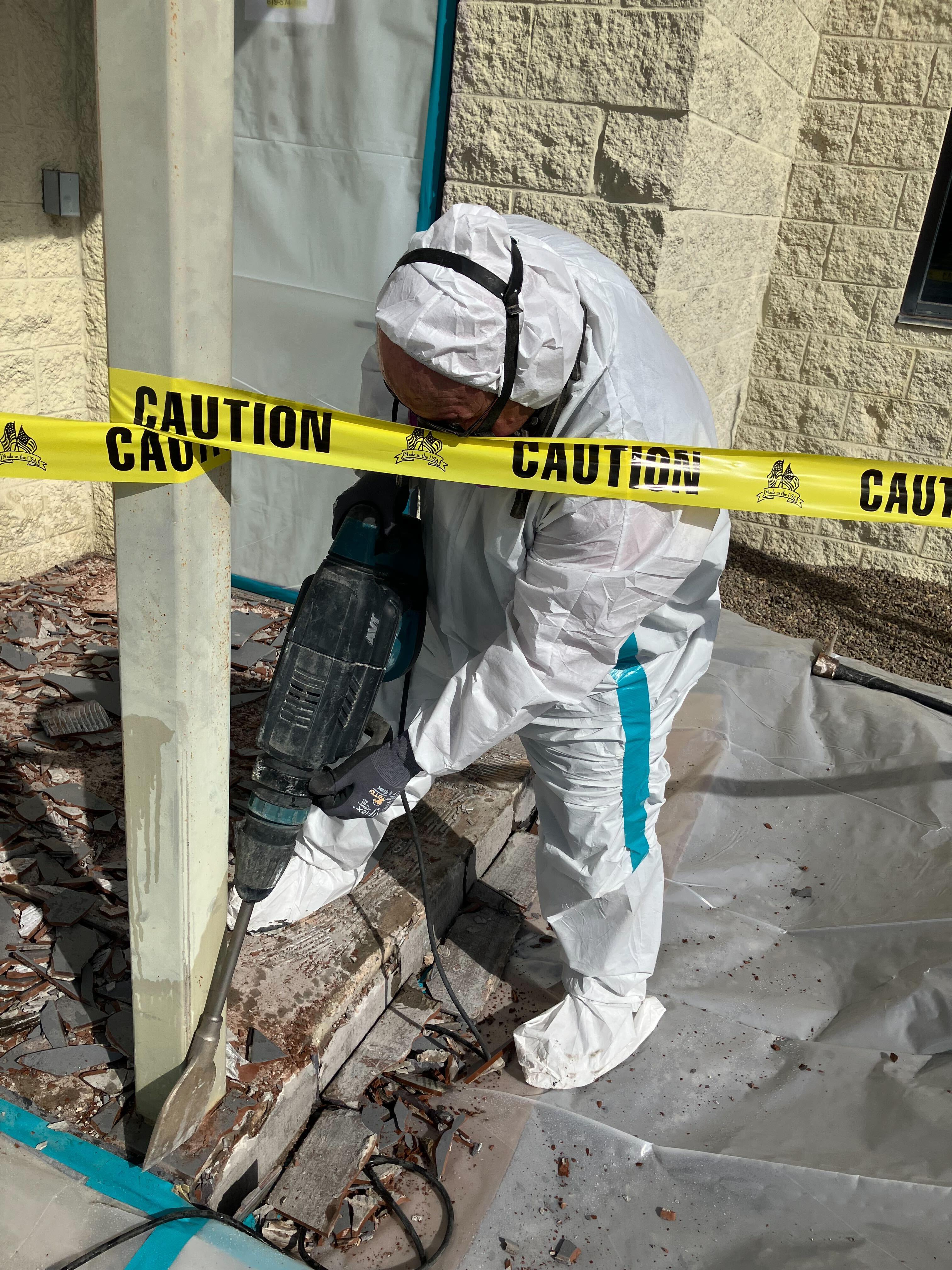5 Mistakes that hurt your restoration business
Talk with us
5 Costly mistakes restoration companies make when handling commercial damage
When disaster strikes a commercial property, the pressure is on for restoration companies to act fast and efficiently. However, in the rush to restore operations, many restoration businesses make critical mistakes that can lead to prolonged downtime, compliance issues, and dissatisfied clients. Avoiding these pitfalls not only protects your reputation but also ensures you deliver the highest quality service.
In this guide, we’ll explore the five most common mistakes restoration companies make when handling commercial damage—and how to avoid them.
1. Delaying the Initial damage assessment
Time is the essence in commercial restoration, yet some companies fail to act swiftly in assessing the extent of damage. Whether it’s water intrusion, fire damage, or mold growth, waiting too long can allow secondary issues to develop, making restoration more complex and costly.
How to avoid this mistake:
-
Implement a rapid response protocol to dispatch assessment teams immediately.
-
Use advanced technology such as thermal imaging to detect hidden damage.
-
Provide clients with a detailed damage report to expedite insurance claims and approvals.

2. Overlooking regulatory compliance
Restoration companies must adhere to industry regulations and local building codes. Failure to comply with OSHA, EPA, or IICRC standards can result in fines, project delays, and legal liabilities.
How to avoid this mistake:
-
Stay updated on federal and state compliance laws regarding hazardous material removal, air quality, and worker safety.
-
Ensure all technicians are certified and trained in proper handling and disposal procedures.
-
Keep documentation of compliance efforts to protect your business from potential legal issues.
3. Using inadequate drying techniques for water damage
Many restoration companies underestimate the extent of moisture damage, leading to long-term mold growth and structural issues. Standard drying methods often don’t account for moisture trapped in walls, flooring, and substructures.
How to Avoid This Mistake:
-
Invest in industrial-grade dehumidifiers, air movers, and moisture meters.
-
Conduct post-restoration moisture testing to verify all affected areas are completely dry.
-
Educate teams on best practices for water mitigation to prevent future mold infestations.
4. Failing to communicate effectively with clients
Restoration companies often focus solely on the technical work, neglecting the client’s need for clear, consistent communication. Commercial property managers and business owners need regular updates to make informed decisions.
How to Avoid This Mistake:
-
Establish a communication plan with scheduled updates.
-
Assign a dedicated point of contact for each project.
-
Provide transparent timelines and realistic expectations to clients.
5. Ignoring preventative strategies for future damage
Many restoration companies focus on immediate cleanup and repair without advising clients on how to prevent future damage. This oversight can lead to recurring problems and lost opportunities for ongoing service contracts.
How to Avoid This Mistake:
-
Offer post-restoration consultations on damage prevention measures.
-
Recommend routine maintenance services to clients.
-
Educate commercial property owners on early warning signs of structural or environmental hazards.
FAQ - Commercial damage restoration
1. Why is quick response time so critical in commercial damage restoration?
Time-sensitive damage like water intrusion or mold growth can escalate quickly, leading to higher restoration costs and potential liability issues. Acting fast minimizes property damage and ensures business continuity.
2. What’s the biggest mistake restoration companies make with insurance claims?
Failing to document damages properly. Without thorough documentation—photos, moisture readings, and detailed reports—insurance claims may be delayed or denied, causing cash flow issues.
3. How can restoration companies improve compliance with regulations?
Staying updated with industry standards, such as IICRC guidelines, OSHA safety requirements, and state-specific regulations, ensures compliance and reduces legal risks. Regular training and certifications help teams stay ahead.
4. What’s the best way to build long-term relationships with commercial clients?
Providing transparent communication, proactive maintenance services, and post-restoration follow-ups help build trust and repeat business. Offering value beyond restoration, such as risk assessments, can set a company apart.
5. How can restoration companies streamline operations for better efficiency?
Using project management software, automating documentation, and having a well-trained response team can improve efficiency. Partnering with reliable subcontractors and suppliers also ensures faster project turnaround times.







